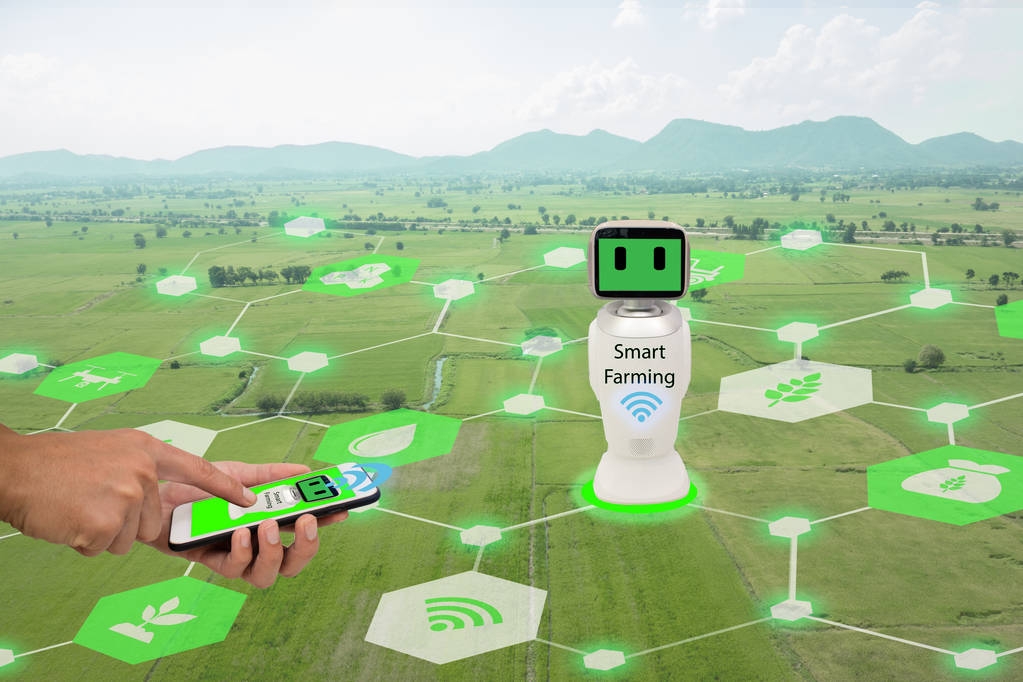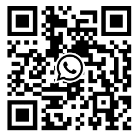Population grows exponentially, and agriculture needs to solve the problem of feeding people. Obviously, we must rely on technology to improve agricultural efficiency and enhance sustainability.
We've seen a lot of technologies are changing different areas, and machine learning, artificial intelligence and the Internet of things are making waves in different areas, improving efficiency.
The Internet of Things applications we see include disaster management, e-commerce, music, tourism, manufacturing and construction. We will explore the functions of IoT in agriculture and its agricultural applications.

Greenhouse agriculture hopes to increase yield by adopting a balance control system or manual intervention to tune environmental parameters. However, human intervention can increase labor costs, energy loss, and output loss, and a smart greenhouse is a better option.
The Internet of Things can be used to build smart greenhouses, which can monitor and regulate the climate by themselves without any human intervention.
Smart greenhouses use various sensors to assess environmental parameters and determine their suitability for crops. Remote access to support the Internet of Things eliminates the requirement for periodic monitoring.
The IoT sensors in the greenhouse provide basic data on temperature, pressure, humidity, and light levels. The sensors manage everything, from ventilation and turning on the lights to adjusting the temperature and cooling.
The Internet of Things is a unique tool for using smart agricultural fertilizers. With this technology, farmers can get up-to-date information on soil quality. With this information, they can better determine the type and amount of fertilizer needed on the farm.
Farmers can use a variety of sensors, including soil moisture and humidity sensors, to ensure effective and efficient crop growth. For example, sensors can help farmers determine how much nitrogen and potassium they need for their crop.
This is greatly beneficial for fertilizer management, as it will reduce waste and other associated costs.
Computer imaging mainly uses sensor cameras that are distributed throughout the farm and capture digitally processed images. By comparing photographs in the dataset to produce photographs, image processing and machine learning can determine crop size, color, shape, and growth, allowing for quality adjustment.
Computer imaging is also possible to classify and grade the product by their quality. With the help of computer imaging, mapping irrigated areas becomes more manageable and helps in deciding whether to harvest in the pre-harvest season.
Disease control is an important aspect of agriculture, as disease reduces food production, affects agricultural costs and threatens the world food supply. On the other hand, excessive use of pesticides is harmful to the environment because it affects natural ecosystems and pollutes water sources.
Fortunately, advances in IoT technology are creating new ways to solve these problems. IoT and sensors can be used in the field to detect early signs of disease or insect pests and to continuously monitor crop health. These sensors can collect data on a variety of biological and environmental factors that influence crop health and plant growth patterns.
The Internet of things in pest control can prevent disease and mitigate the adverse effects of pests on crop yields. IoT technology also facilitates data-driven decisions for agricultural pest control.
Farmers can assess the success of pest management plans by examining data from IoT devices and making necessary adjustments to their operations. Farmers can discover crop health status and select effective pest control techniques.
Prediction data analysis goes hand in hand with precision agriculture. Farmers' application of data analysis helps them understand the wealth of real-time data provided by IoT technology, allowing them to make key predictions about crop harvest time, pest risk, yield, and other related issues. Because agriculture is inherently highly weather-dependent, data analysis solutions help to make agriculture more manageable.
For example, farmers can advance the quality and yield of crops and their sensitivity to severe weather events such as droughts and floods. Furthermore, farmers can select yield characteristics to improve crop quality and maximize the nutrients and water volumes available for each crop.
When applied to agriculture, these techniques can help producers conserve irrigation water, reduce the fertilizer loss from overwatering, and provide useful information in any weather or season.
Robotics has brought a bright future for agriculture. Farmers have started using tractors, automatic harvesters, and vehicles that do not require manual operation. Such robots can help with repetitive, labor-intensive, and challenging tasks.
For example, agricultural robots, such as automatic tractors, can start work at pre-specified times and routes, send progress notifications to farmers, and so on. These robots are driverless and help reduce labor costs.
In addition, robots are used in intelligent agriculture to water, plant and weed seeds. The assigned tasks assigned are labor-intensive and challenging. Still, it can recognize weeds and sow them. Through careful operation, these agricultural robots significantly reduce plant and environmental damage.
The integration of the Internet of Things in agriculture has broad prospects. It changed agricultural management, animal husbandry, and agricultural cultivation. Moreover, farmers need to help balance declining farmland and exhaust limited natural resources.
By leveraging the power of the Internet of Things, farmers can ensure sustainable and efficient agricultural operations by increasing production, optimizing resource consumption, and making data-driven decisions.
Contact: Qui
Phone: 18146178586
Tel: 18146178586
Email: qui@zonewu.com
Add: 1501-3, Building F03, Phase III, Software Park, Jimei District, Xiamen City, Fujian Province, China
